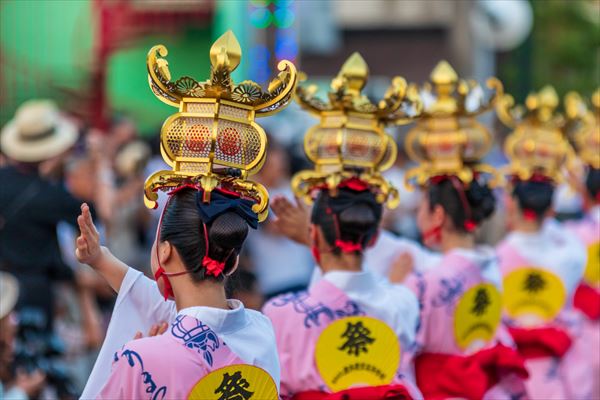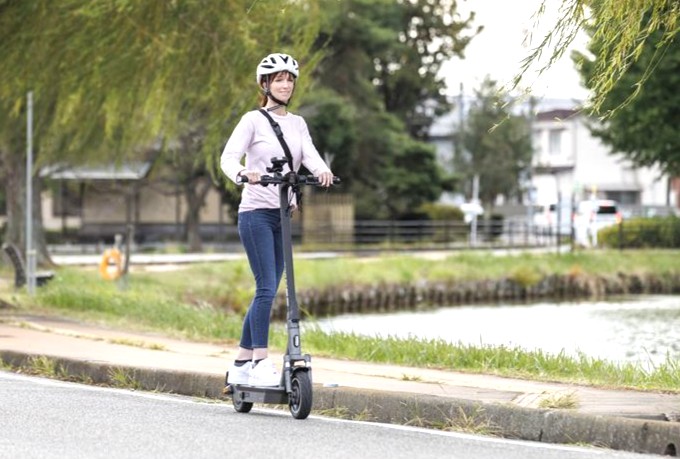SENDAI
SENDAI

When the famous poet Matsuo Basho arrived in Sendai on June 20th 1689, the city was a 620,000-goku castle town (a ‘koku / goku being a unit of rice) ruled by the famed Date family.
Although Basho only stayed in the town for several days; he preferred more rural settings, the Sendai of the 21st century is a beautiful town nicknamed “Mori-no-miyako (the tree-clad city),” and is the prefectural seat of government for Miyagi Prefecture.
To link the present with the past, the ruins of the former Sendai Castle (Aoba Castle) are located on a hill from which today’s Sendai can be viewed whole. After being built by lord Date Masamune in 1610, the castle flourished as a residence for the Date clan for some 270 years with the Hirosegawa River fortifying the whole hill as a natural moat, thereby making the huge castle impregnable.
As all must come to an end, so did the life of Date Masamune. Zuihoden, his mausoleum, is located on the mountain to the east of Sendai Castle. Sadly the original building burned down during WWII, and the magnificent reconstruction is a 1978, 800 million yen version which took 5 years to complete.
The ‘tree-clad’ city of Sendai turns into the ‘light-clad’ city from mid-December to New Year’s Eve as the zelkova trees along Jozenji and Aoba-dori are decorated with approximately 800 thousand lights forming tunnels of light.
The Sendai Tanabata Matsuri, held in August, is a gorgeous festival to behold and is ranked as one of the three major festivals of the Tohoku region.
There are traditional onsen all around Sendai and the Akiu Onsen is a hot spring once used by the Date family and with a 1500-year history of its own.







